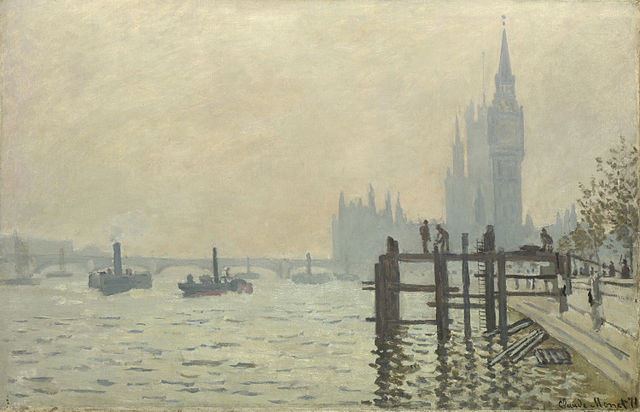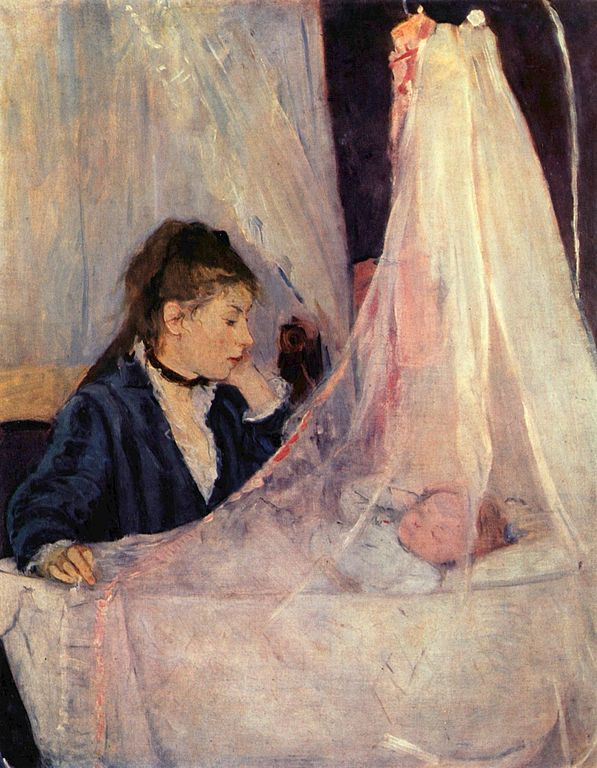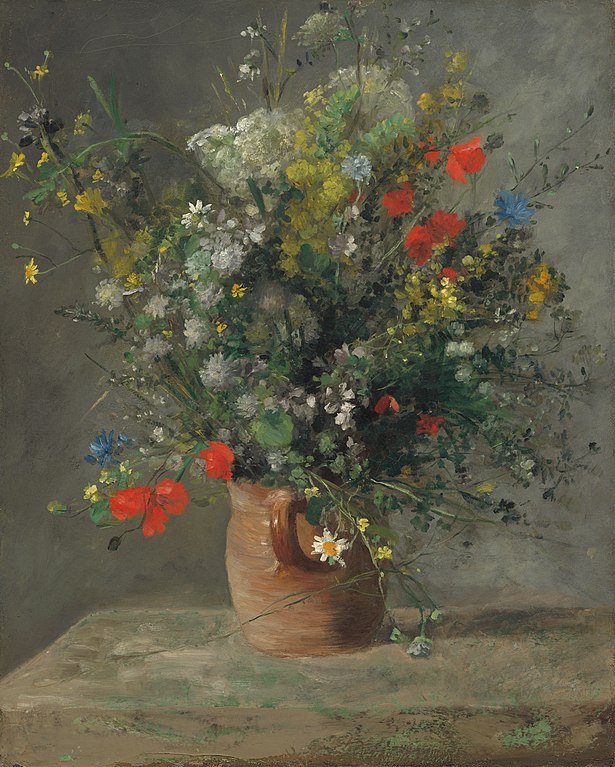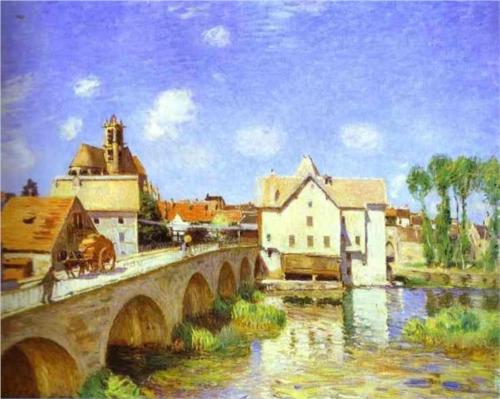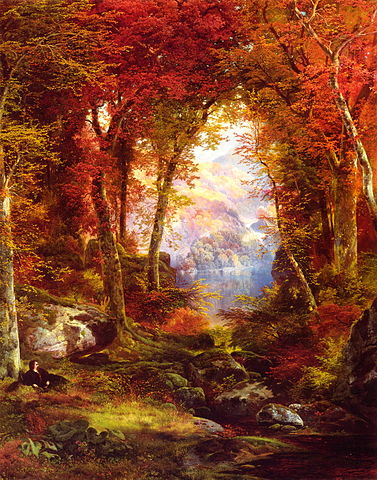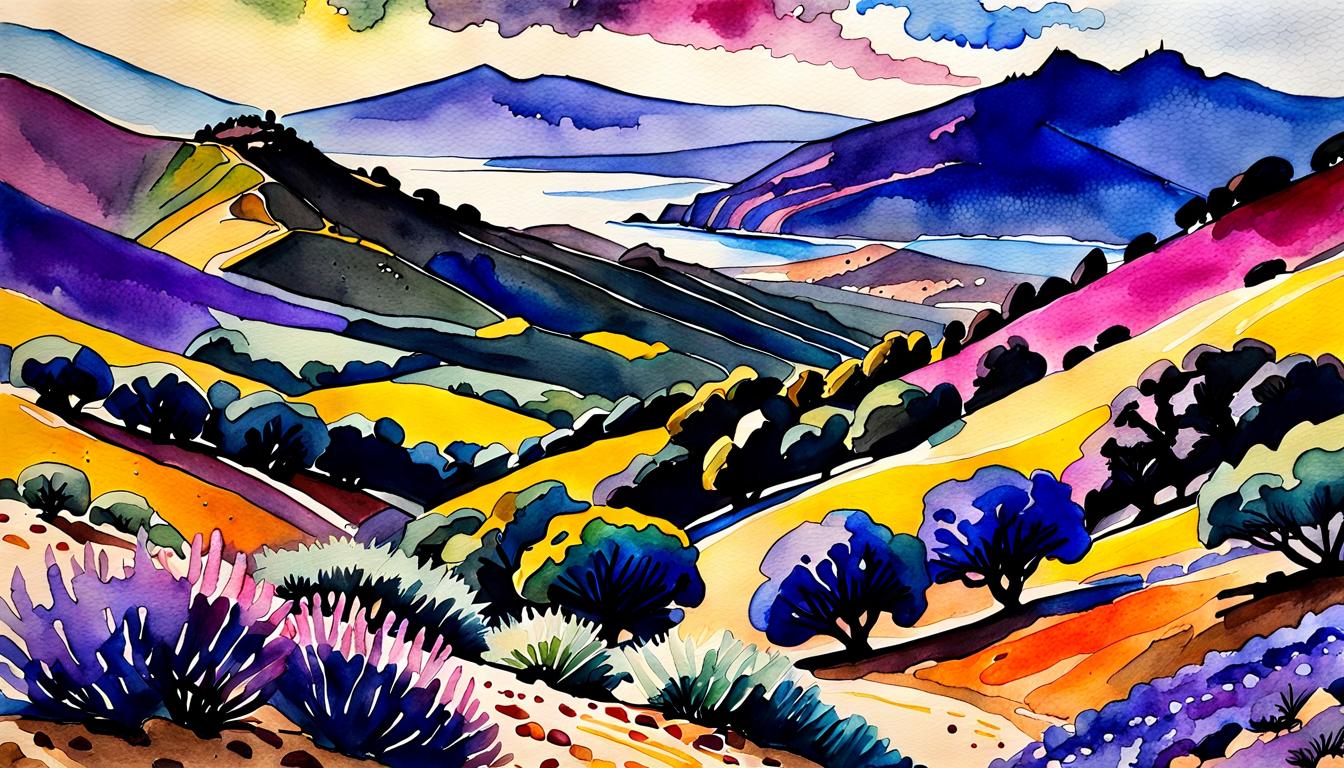In the vast realm of art history, there is one movement that stands out for its innovative and groundbreaking approach to capturing the essence of the world around us – Impressionism but what about Impressionist Watercolor Paintings?
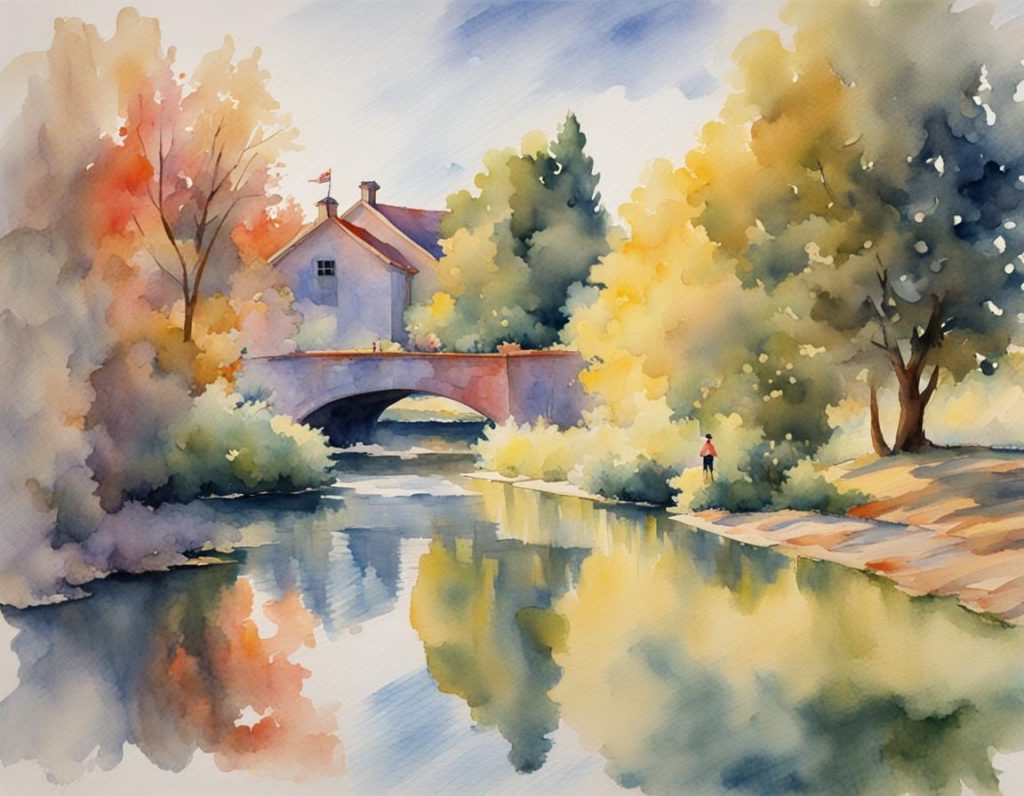
This artistic movement, which emerged in France in the 19th century, brought a fresh perspective to the art world, redefining the way we perceive and interpret the world through the medium of watercolors. In this article, we will take a deep dive into the captivating world of Impressionism, exploring its origins, techniques, notable artists, and enduring impact on the art world. So, grab your palette, watercolor brushes, and a pristine sheet of paper, as we embark on a journey into the watercolored world of Impressionism.
Origins of Impressionism: A Splash of Innovation
Before we immerse ourselves in the world of Impressionism, it is essential to understand its origins and the factors that contributed to its emergence. The mid-19th century was a transformative period in art history, characterized by rapid industrialization and urbanization. Traditional academic art, with its emphasis on historical and mythological subjects, began to lose its appeal as artists sought to capture the fast-paced, modern world unfolding before their eyes.
It was during this time that a group of artists in Paris, led by Claude Monet, Pierre-Auguste Renoir, and Edgar Degas, started to break away from the constraints of traditional art. They sought to depict the world as they saw it, embracing the fleeting nature of light, color, and atmosphere through the delicate medium of watercolors. This radical departure from established norms marked the birth of Impressionism.
Techniques of Impressionism: Watercolors Unleashed
One of the defining characteristics of Impressionism is its distinctive painting techniques, which aimed to capture the ephemeral moments of light and color in a spontaneous and impressionistic manner using watercolors. These techniques revolutionized the art world and had a profound influence on subsequent artistic movements.
The use of watercolors in Impressionist paintings created a unique visual effect, allowing the artists to capture the essence of light and atmosphere with a delicate transparency. The delicate washes of color created an ethereal quality on the paper, giving the paintings a sense of luminosity and vibrancy that was unparalleled in the art world at the time.
Another essential technique employed by Impressionist artists was the mastery of the wet-on-wet technique, where the colors are applied onto wet paper, allowing them to blend and create beautiful gradients and textures. This technique added depth and movement to their works, enhancing the overall visual experience for the viewer.
Moreover, Impressionist artists often painted en plein air, or outdoors, to capture the ever-changing effects of natural light using their watercolor palettes. This allowed them to observe and depict the subtle nuances of light and shadow, giving their watercolor paintings a sense of realism and immediacy.
Video Tutorial: Paint Watercolors like the Impressionists
Notable Impressionist Artists: Watercolor Magicians
Impressionism brought forth a constellation of talented artists whose works continue to inspire and captivate audiences to this day. Let us now explore some of the most prominent figures of this movement and their mastery of watercolors.
- Claude Monet: Often regarded as the father of Impressionism, Monet’s mastery of watercolors is evident in his iconic series of water lilies, haystacks, and Rouen Cathedral. His ability to capture the ever-changing qualities of nature through the translucent beauty of watercolors revolutionized the art world.
- Pierre-Auguste Renoir: Renoir’s watercolor paintings are known for their delicate and vibrant depictions of everyday life. His skillful use of watercolors brings a sense of warmth and radiance to his subjects, creating a magical atmosphere on the paper.
- Edgar Degas: Degas, known for his love of depicting ballet dancers, captured the grace and fluidity of movement through the transparency of watercolors. His attention to detail and subtle washes of color created a sense of spontaneity that set him apart from his contemporaries.
- Camille Pissarro: Pissarro’s landscapes and rural scenes showcase his mastery of watercolor techniques. His delicate brushwork and expert control of watercolors imbue his works with a sense of tranquility and harmony, inviting viewers to immerse themselves in the natural world.
These are just a few examples of the many talented artists who contributed to the Impressionist movement through their expertise in watercolors. Each artist brought their unique style and vision to the table, enriching the art world with their innovative approach to watercolor painting.
10 Famous watercolors painted by Impressionists
Courtesy of Wikipedia Commons
- Claude Monet – “Water Lilies” series: Monet’s most famous watercolor series, consisting of over 250 paintings of water lilies are predominantly oil paintings but Monet did produce some Water Lilies in watercolors. Perhaps his most famous and acclaimed watercolor paintings is considered to be “The Thames Below Westminster” from 1874
- Pierre-Auguste Renoir – One of his most famous watercolors is titled “Flowers in a Vase” and was created circa 1880. It depicts a vase filled with various flowers including roses, lilies and more – featuring transparent, blended washes of color and crisp details achieved by brushwork
- Camille Pissarro – “The Red Roofs, Corner of a Village”: Pissarro’s watercolor showcases his signature style of capturing rural landscapes with loose brushwork and vibrant colors.
- Berthe Morisot – “The Cradle”: Morisot’s intimate watercolor painting depicts a mother and child, showcasing her delicate and sensitive approach to capturing everyday moments.
- Mary Cassatt – “The Child’s Bath”: Cassatt’s watercolor portrays a tender scene of a mother bathing her child, highlighting her focus on the theme of motherhood.
- Alfred Sisley – “The Bridge at Moret-sur-Loing”: Sisley’s watercolor captures the charm of a small town in France, showcasing his ability to depict the effects of light and atmosphere.
- Edgar Degas – One of Edgar Degas’ most famous and acclaimed watercolor paintings is “Near a Racecourse” from 1876. Critics praised Degas’ ability to efficiently capture scene details and atmospheric effects through economical watercolor washes.
- Gustave Caillebotte – an excellent example of his work in this medium is “Barges on the Seine at Argenteuil” from around 1875. It is representative of the loose, translucent washes and immediacy Caillebotte brought to his watercolor landscapes
- Édouard Manet – One of the better known and more acclaimed watercolor paintings is his 1871 work “Breakfast in the Studio”. Characteristics like the fluid layered washes and fine brushwork demonstrate Manet’s facility with the watercolor medium.
- Paul Cézanne – View of Auvers-sur-Oise” from 1877-1878. It depicts the landscape around the town where Cézanne painted during an influential period experimenting in watercolor.
Enduring Impact on the Art World: A Watercolored Legacy
The Impressionist movement, though initially met with resistance and criticism, went on to have a profound and lasting impact on the art world. Its revolutionary watercolor techniques and fresh perspectives challenged the traditional concept of art, paving the way for modern and contemporary art movements.
The use of watercolors in Impressionism not only brought a sense of light and atmosphere to the canvas but also allowed artists to experiment with new ways of representing space and form. The spontaneous and fluid nature of watercolors enabled artists to capture the immediacy of their impressions, creating a sense of movement and vitality in their works.
Additionally, Impressionism introduced a new way of seeing and perceiving the world. By focusing on the fleeting moments of everyday life, the artists challenged the concept of a fixed reality, inviting viewers to embrace the transitory nature of existence. This approach to art revolutionized the way we experience and interpret the world around us.
The influence of Impressionism can be seen in the works of subsequent art movements, such as Post-Impressionism, Fauvism, and even contemporary art. Artists like Vincent van Gogh, Henri Matisse, and Georgia O’Keeffe drew inspiration from the innovative techniques and liberated approach to color and form introduced by the Impressionists.
In conclusion, Impressionism, with its emphasis on capturing the essence of the world through watercolors, remains an iconic movement in art history. The innovative techniques, such as wet-on-wet painting and painting en plein air, brought a sense of light, atmosphere, and movement to the canvas. The talented artists of the Impressionist movement, with their mastery of watercolors, revolutionized the art world and left an enduring legacy that continues to inspire and captivate audiences to this day. So, let your brush dance on the surface of watercolor paper, as you embark on your own journey into the watercolored world of Impressionism.
FAQ – Watercolored World of Impressionism
- What is the significance of watercolors in Impressionist art?
Watercolors played a crucial role in Impressionist art as they allowed artists to capture the ephemeral qualities of light, color, and atmosphere. The delicate washes of color and transparency of watercolors created a sense of luminosity, enhancing the overall visual experience for the viewer. - Why did Impressionist artists prefer painting en plein air?
Impressionist artists preferred painting en plein air because it allowed them to observe and depict the ever-changing effects of natural light. By working directly in nature, they could capture the subtle nuances of light and shadow, adding a sense of realism and immediacy to their watercolor paintings. - How did Impressionism challenge traditional art practices?
Impressionism challenged traditional art practices by breaking away from the established norms of academic art. The artists sought to capture the world as they saw it, embracing spontaneity, movement, and the fleeting nature of light and color. This departure from convention revolutionized the art world and paved the way for modern and contemporary art movements. - Who were the key figures of the Impressionist movement?
Some of the key figures of the Impressionist movement include Claude Monet, Pierre-Auguste Renoir, Edgar Degas, and Camille Pissarro. These artists showcased their mastery of watercolors and brought a unique vision to the movement, revolutionizing the art world with their innovative techniques and perspectives. - What is the enduring legacy of Impressionism in the art world?
The enduring legacy of Impressionism lies in its revolutionary approach to capturing the world through the medium of watercolors. The movement challenged traditional ideas of art, introduced new ways of seeing and perceiving the world, and influenced subsequent art movements. The innovative techniques and fresh perspectives of Impressionism continue to inspire artists and captivate audiences to this day.
